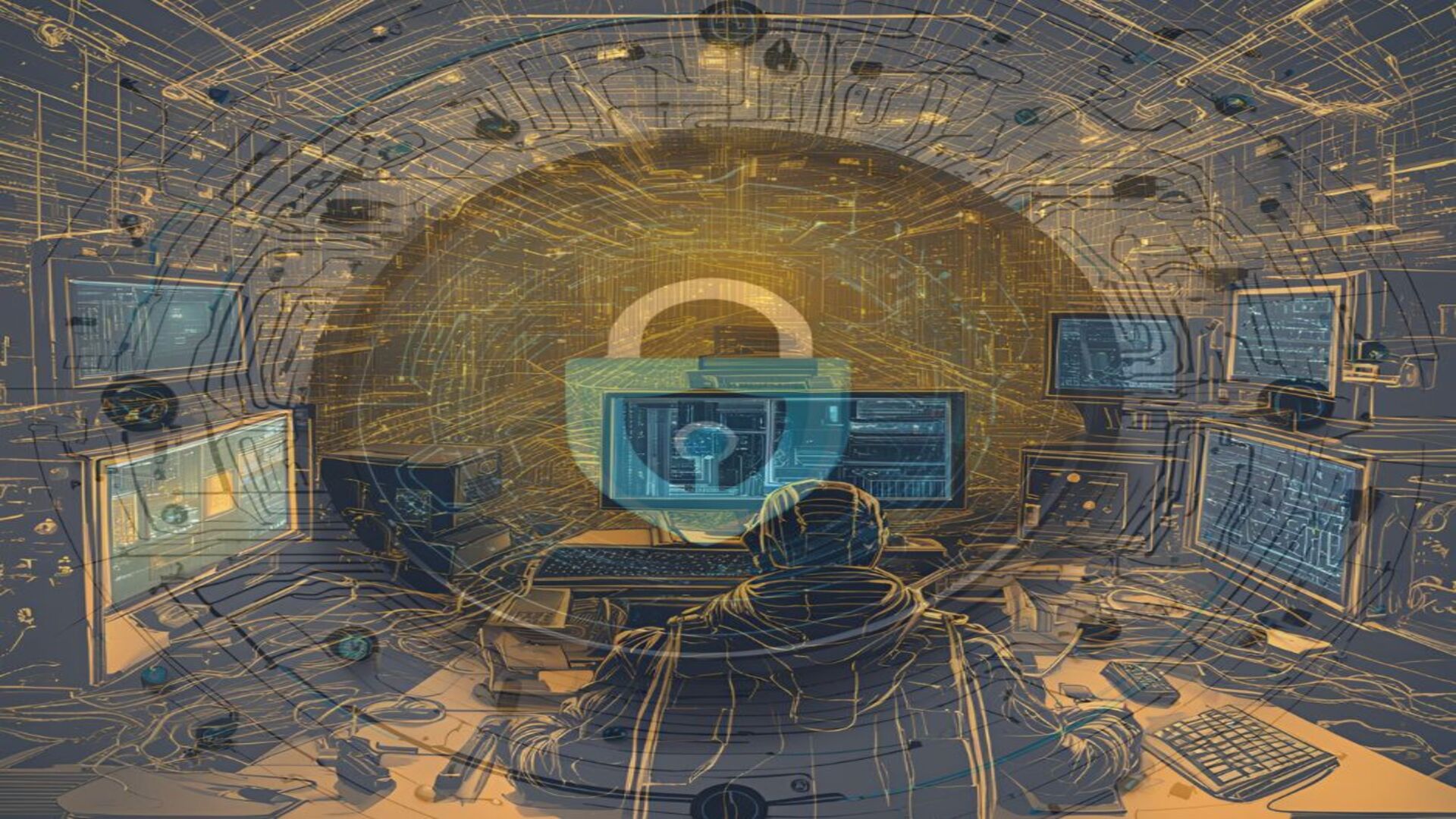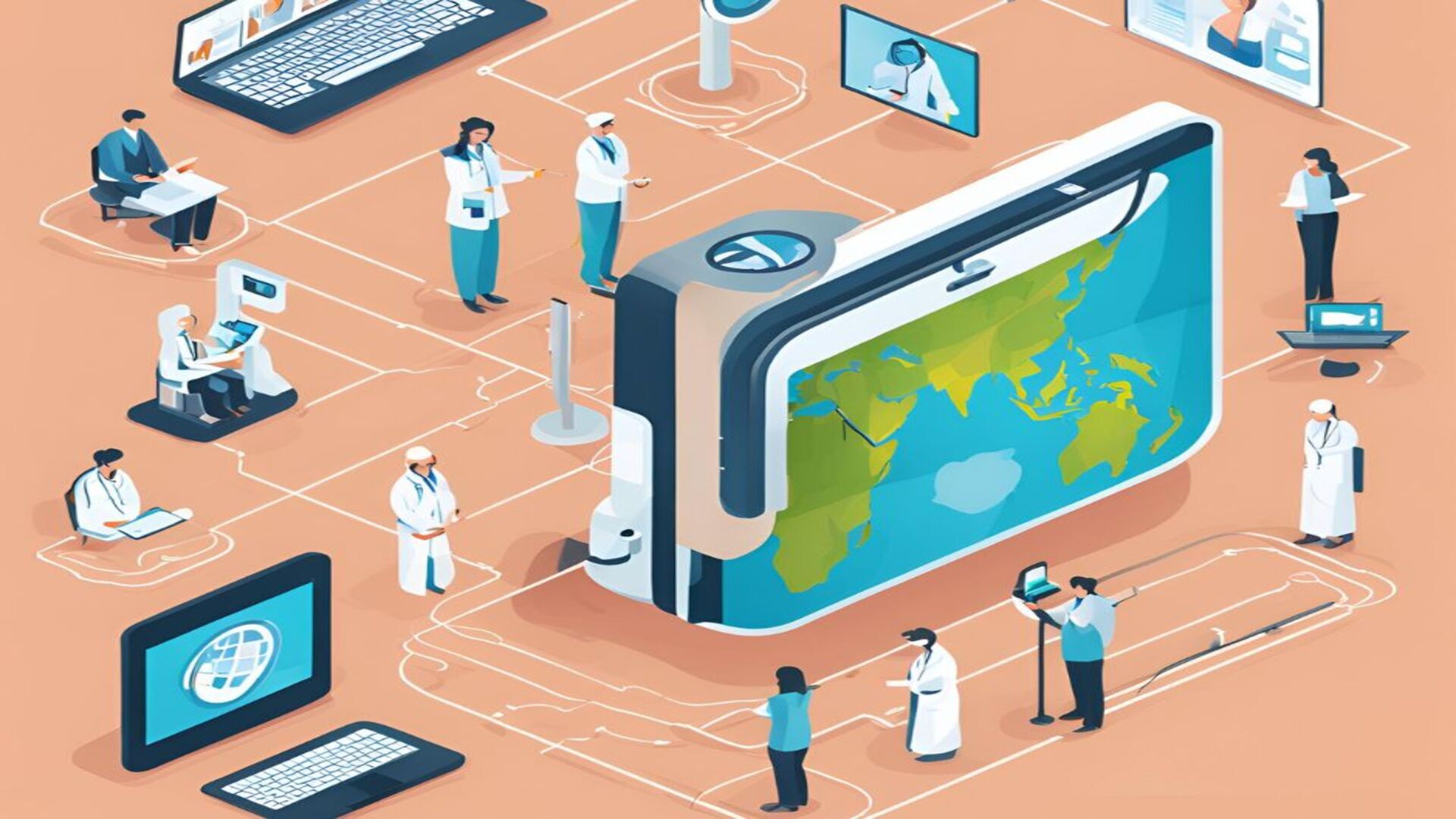The digital age has undeniably ushered in an era of unprecedented technological advancements and global connectivity. While these innovations have transformed various sectors and enhanced communication, they have also exposed significant vulnerabilities in cybersecurity. The rapid pace of technological evolution has been matched by an equally swift increase in the sophistication of cyber threats and attacks, presenting a complex and evolving challenge for both individuals and organizations.
Recent years have seen a surge in high-profile hacking incidents that have compromised sensitive data, disrupted operations, and caused substantial financial losses. These attacks have ranged from ransomware and phishing schemes to more sophisticated state-sponsored cyber espionage operations. The impact of these incidents extends beyond immediate financial damage, influencing public trust and the overall security of digital infrastructures.
As organizations and individuals become increasingly dependent on digital platforms for everyday operations and personal activities, the urgency to address these cybersecurity challenges has never been greater. This detailed report explores the current landscape of international cybersecurity threats, examining notable recent hacking incidents, their far-reaching consequences, and the multi-faceted strategies being employed to combat these threats.
Key areas of focus include the identification and analysis of the most prevalent types of cyber attacks, the technological and human factors that contribute to these vulnerabilities, and the response strategies being developed and implemented. Emphasis is placed on understanding the evolving nature of cyber threats, the importance of robust cybersecurity practices, and the role of international cooperation in strengthening global cybersecurity resilience.
The report also highlights the efforts of governments, private sector entities, and cybersecurity professionals in creating more secure digital environments. It discusses the advancements in cybersecurity technologies, such as artificial intelligence and machine learning, which are being leveraged to predict, detect, and respond to cyber threats more effectively. Additionally, the role of public awareness and education in fostering a more security-conscious society is examined, alongside the importance of regulatory frameworks and industry standards in guiding cybersecurity practices.
In conclusion, as the digital landscape continues to evolve, so too must our approaches to cybersecurity. By understanding the nature of recent hacking incidents, evaluating current countermeasures, and fostering a culture of security, we can better protect our information systems and safeguard our digital future.
Overview of Recent Hacking Incidents
- High-Profile Data Breaches
- SolarWinds Hack (2020): One of the most significant cyber incidents in recent years, the SolarWinds hack involved a sophisticated attack on the Orion platform used by numerous U.S. government agencies and private sector companies. The attackers, linked to a state-sponsored group, exploited vulnerabilities in the software to gain access to sensitive data and networks. This breach highlighted critical weaknesses in the supply chain and the need for improved software security practices.
- Colonial Pipeline Ransomware Attack (2021): In May 2021, a ransomware attack targeted Colonial Pipeline, one of the largest fuel pipelines in the U.S., leading to a temporary shutdown of operations. The attack, attributed to the ransomware group DarkSide, caused widespread fuel shortages and economic disruption. The incident underscored vulnerabilities in critical infrastructure and the growing threat of ransomware.
- Microsoft Exchange Server Vulnerabilities (2021): Exploits of zero-day vulnerabilities in Microsoft Exchange Server affected thousands of organizations globally. The vulnerabilities allowed attackers to access emails, install malware, and exfiltrate sensitive information. The scale of the breach demonstrated the extensive impact of cyber threats on enterprise-level email systems.
- Emergence of Advanced Persistent Threats (APTs)
- APT29 (Cozy Bear): Associated with Russian intelligence, APT29 has been involved in several high-profile cyber-espionage campaigns. The group has targeted government agencies, think tanks, and research organizations to steal sensitive data. APT29’s operations reveal the growing use of cyber tactics for political and strategic objectives.
- APT41 (Barium): APT41 is a Chinese threat group known for its involvement in both cyber-espionage and cybercrime. The group has targeted a range of industries, including telecommunications and healthcare, using sophisticated techniques to steal data and conduct financial theft. The dual nature of APT41’s operations reflects the complex motivations behind cyber threats.
- Increased Phishing Attacks
Phishing remains a prevalent and effective method for cybercriminals to exploit individuals and organizations. Recent phishing campaigns have capitalized on current events, such as the COVID-19 pandemic, to deceive victims with fake emails and websites related to vaccines, health information, and financial transactions. These attacks continue to evolve, with more convincing tactics and broader targeting.
Implications of Recent Cybersecurity Incidents
- Economic Impact
Cyberattacks have substantial economic consequences. The financial costs associated with data breaches include immediate expenses such as ransom payments, legal fees, and regulatory fines, as well as long-term costs related to reputational damage and loss of customer trust. For example, the Colonial Pipeline attack resulted in an estimated $4.4 million in ransom payments and significant disruptions to fuel supply chains.
- National Security Risks
Attacks on critical infrastructure and government agencies pose serious national security risks. The SolarWinds hack, in particular, exposed vulnerabilities in the security of governmental and defense-related systems, raising concerns about the potential for espionage and disruption of national security operations.
- Loss of Trust
High-profile breaches undermine public confidence in organizations and institutions. The erosion of trust can have lasting effects on an organization’s reputation, customer relationships, and market position. Rebuilding trust requires transparency, accountability, and demonstrated improvements in security practices.
Countermeasures and Strategies
- Enhanced Cybersecurity Frameworks
- Zero Trust Architecture: The Zero Trust model advocates for verifying every user, device, and network connection regardless of their location. By implementing strict access controls and continuous monitoring, organizations can reduce the risk of unauthorized access and minimize the impact of potential breaches.
- Endpoint Protection: Advanced endpoint protection solutions, including antivirus software, firewalls, and intrusion detection systems, are essential for detecting and responding to threats at the device level. These solutions help prevent malware infections and unauthorized access.
- Incident Response Planning
- Preparedness: Developing and regularly updating incident response plans is crucial for effectively managing cyber incidents. These plans should outline procedures for detecting, containing, and mitigating threats, as well as for communicating with stakeholders and regulatory bodies.
- Coordination: Effective incident response requires coordination between IT, security teams, and external partners such as law enforcement and cybersecurity firms. Clear communication channels and established roles are essential for a successful response.
- Recovery: Implementing strategies for rapid recovery and restoration of services is critical for minimizing the impact of cyberattacks. This includes data backup solutions, disaster recovery plans, and testing recovery processes regularly.
- Public-Private Partnerships
- Information Sharing: Collaboration between government agencies and private sector organizations facilitates the exchange of threat intelligence, best practices, and insights into emerging threats. Information sharing helps organizations stay informed about the latest threats and vulnerabilities.
- Joint Exercises: Conducting joint cybersecurity exercises and simulations allows organizations to test their response capabilities and identify areas for improvement. These exercises can enhance preparedness and coordination among different stakeholders.
- Regulatory and Legal Measures
- Data Protection Regulations: Governments are strengthening data protection regulations, such as the General Data Protection Regulation (GDPR) in the European Union, to ensure the protection of personal data and impose penalties for non-compliance. These regulations aim to enhance data security and privacy.
- Cybersecurity Standards: Implementing cybersecurity standards and certifications, such as ISO/IEC 27001, helps organizations establish and maintain robust security practices. Compliance with these standards demonstrates a commitment to cybersecurity and can improve overall security posture.
- Public Awareness and Education
- Training Programs: Offering cybersecurity training programs for employees and individuals helps raise awareness about common threats and best practices for protecting sensitive information. Regular training can reduce the risk of successful attacks and improve overall security.
- Public Campaigns: Running public awareness campaigns to educate individuals about cybersecurity risks and preventive measures can help foster a culture of security. These campaigns can provide valuable information on recognizing phishing attempts, securing personal devices, and practicing good online hygiene.
The landscape of cybersecurity is in a constant state of flux, driven by the ever-evolving nature of cyber threats and the increasing sophistication of attacks. Recent hacking incidents have underscored the critical need for robust security measures, effective incident response protocols, and collaborative efforts across both public and private sectors. These incidents, which range from ransomware attacks to advanced persistent threats (APTs), demonstrate how vulnerabilities can be exploited to compromise sensitive information and disrupt operations on a global scale.
To address these challenges, organizations must adopt comprehensive cybersecurity frameworks that encompass not only advanced technological solutions but also strong organizational policies and practices. Investing in cutting-edge technologies such as artificial intelligence (AI) and machine learning (ML) can enhance threat detection and response capabilities, while regular security assessments and updates ensure systems remain resilient against emerging threats.
Equally important is fostering a culture of security awareness among employees and stakeholders. Education and training programs can empower individuals to recognize and respond to potential security threats, thereby reducing the risk of human error—a common factor in many security breaches. By instilling a proactive approach to cybersecurity, organizations can strengthen their overall defense mechanisms and enhance their ability to respond to incidents effectively.
Collaboration between various sectors is also crucial. Public-private partnerships can facilitate the sharing of threat intelligence, best practices, and resources, leading to more coordinated and effective responses to cyber threats. Furthermore, international cooperation is essential for addressing global cybersecurity challenges, as cyber threats often transcend national boundaries and require a unified approach to mitigate their impact.
As technology continues to advance, maintaining vigilance and adaptability in cybersecurity practices will be paramount. Organizations must stay abreast of emerging threats and continuously evolve their security strategies to address new vulnerabilities. By prioritizing comprehensive cybersecurity measures, investing in advanced technologies, and promoting a culture of security awareness, we can better protect our information systems and ensure the stability and integrity of critical infrastructure in an increasingly digital world.

 A.B.M. Abir
A.B.M. Abir 
























